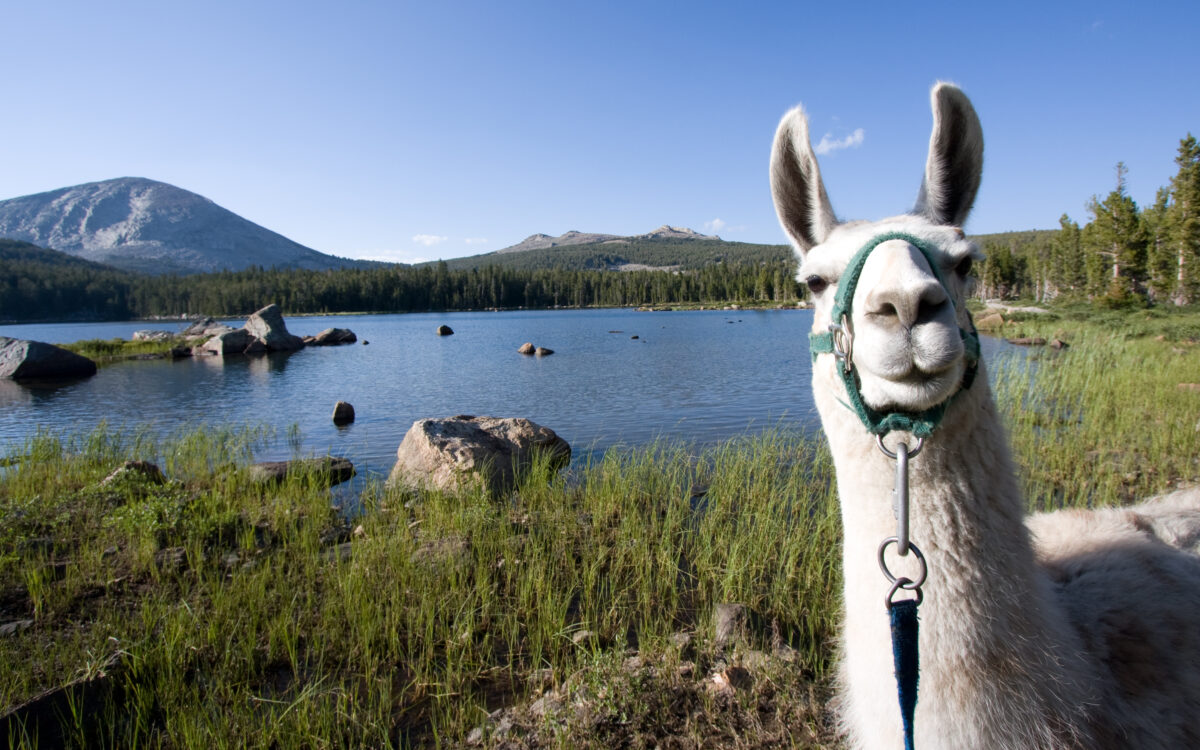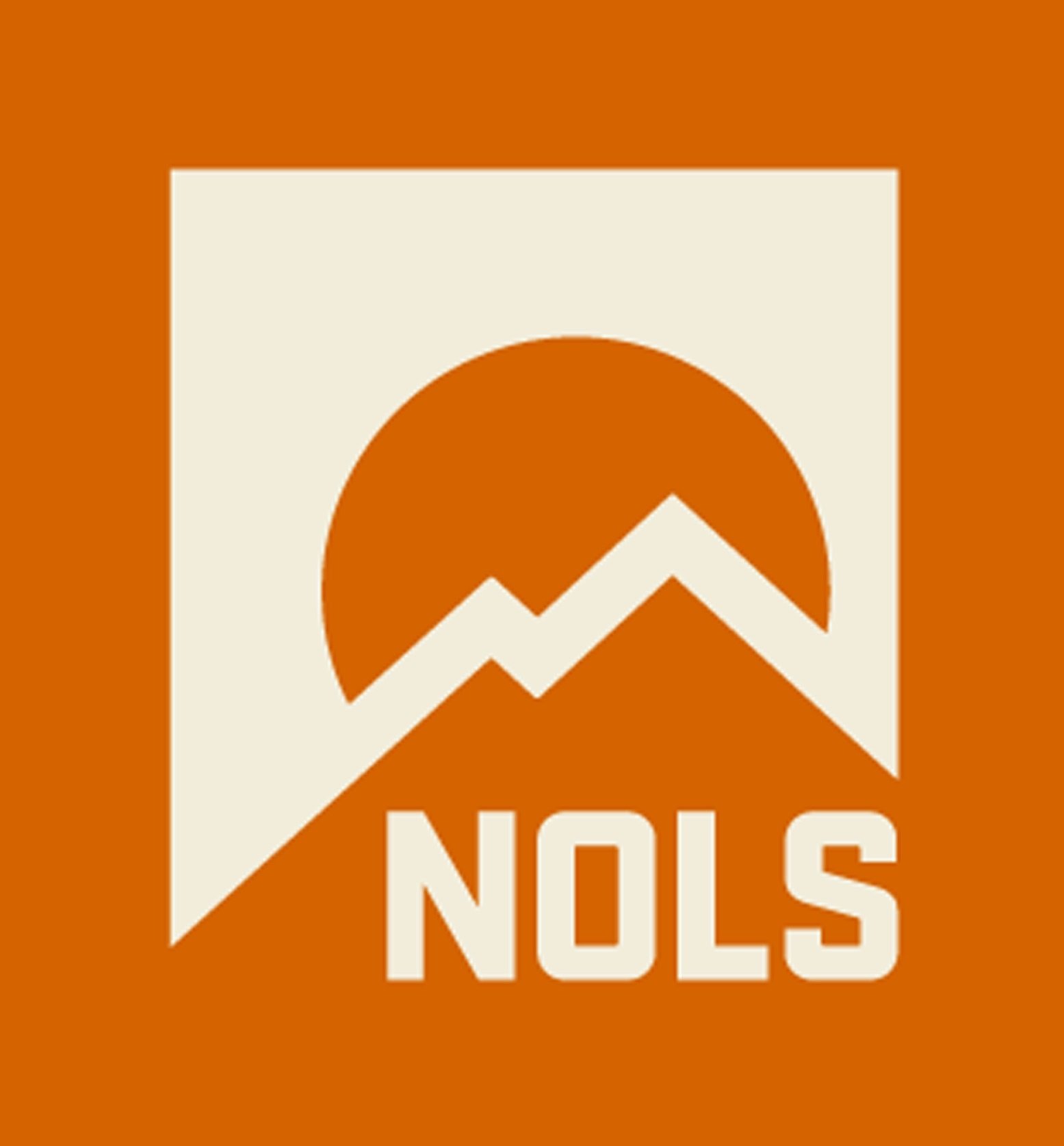Epistaxis on a Llama Packing Trip

The Setting
It’s day two of a guided family llama packing trip deep in the Andes of South America. The scenery is stunning—glacial valleys, high alpine meadows, and dramatic peaks. You’re one of the trip guides, certified as a Wilderness First Responder (WFR). The group includes several families, and this morning’s plan is to trek from base camp to a remote glacial lake at around 11,000 ft elevation.
Just after lunch, you notice that one of the younger clients—a 10-year-old named Mateo—is holding his face and walking toward his parents. His mom calls out that his nose is bleeding, and they look to you for help. You grab the first aid kit, put on gloves, and begin your assessment.
SOAP Report
Subjective
The patient is a 10-year-old male whose chief complaint is a nosebleed. Bleeding began spontaneously after lunch and has been ongoing for approximately 10 minutes. No trauma was witnessed or reported and he denies picking his nose recently. The patient is alert, responsive, and not in visible distress, though he is anxious about the blood.
Objective
Patient Exam: Patient is sitting upright, pinching his nose near the bridge. Blood is flowing from the left nostril, down the philtrum, and occasionally into the mouth. No signs of facial trauma or injury. No other bleeding. No signs of shock. No dizziness or altered mental status. Parents report no history of hemophilia or clotting disorders. CSM intact in all 4 extremities.
Vital Signs
| TIME | 1315 |
| LOR | A+Ox4 |
| HR | 98, strong, regular |
| RR | 20, regular, easy |
| SCTM | pink, warm, dry |
| B.P. | radial pulse present |
| Pupils | PERRL |
| T° | Not taken |
History
| Symptoms: | Active epistaxis from left nostril. Slight nausea from swallowing some blood. No headache, facial trauma, or dizziness. |
| Allergies: | No known allergies |
| Medications: | Denies any medications, prescription or over-the-counter. |
| Pertinent Hx: | Parents report occasional minor nosebleeds at home during dry seasons, but nothing this heavy or prolonged. |
| Last in/out: | Patient drank 1.5 liters of water this morning, had a light breakfast and a full lunch, and urinated mid-morning. No vomiting or diarrhea. |
| Events: | Patient was hiking and eating lunch when he noticed blood starting to drip from his nose. No contact, trauma, or exertion noted immediately before onset. |
What is your Assessment and Plan? Think about this before moving to the next page.

Assessment
- Spontaneous epistaxis likely due to dry high-altitude air and exertion.
- Bleeding not yet controlled with simple compression.
- Mild anxiety. No other signs of illness or injury.
Plan
• Instructed patient to lean forward and pinch nostrils firmly just below the bony bridge.
• Rolled gauze placed under upper lip (between gum and lip) to provide counter-pressure.
• Encouraged patient to spit out blood rather than swallow; blew out visible clots.
• After 10 minutes of pressure with minimal improvement, administered one spray of oxymetazoline (Afrin) to the affected nostril to help blood vessels constrict.
• Reapplied pressure for another 10 minutes.
• Bleeding significantly decreased; monitored for 30 minutes before resuming travel.
• Reassured patient and parents; kept gauze and Afrin accessible for remainder of hike.
Anticipated Problems:
- Recurrent nosebleed
- Potential dehydration or altitude-related dryness worsening mucosal fragility
- Parental concern/anxiety
- Evacuation needs if bleeding resumes and cannot be controlled
What Happened?
After two full rounds of directed care, the bleeding slowed to a minimal trickle and eventually stopped. Mateo relaxed significantly after being able to see the blood slow down. His parents were reassured and felt confident continuing the hike, especially after learning that the guide carried Afrin and extra gauze. Mateo was advised not to blow his nose or exert heavily for the next few hours, and to stay hydrated.
The group reached the glacial lake and made camp nearby for the night. Mateo had no further nosebleeds, and spirits were high again by dinner.
Comments
This case reminds us that even minor injuries like nosebleeds can become significant in the wilderness, especially with kids or anxious caregivers. Knowing how to manage something like epistaxis with simple supplies—like gauze, pressure, and a nasal vasoconstrictor—can be the difference between a smooth trip and a stressful evacuation. Having a solid first aid kit and the confidence to walk through your WFR protocols step-by-step really matters. This case also highlights how important it is to carry resources like the NOLS Wilderness Medicine Field Guide when you’re miles away from medical help. It’s easy to forget treatment steps or doubt yourself under pressure, and a compact field manual can help you double-check and reinforce best practices in the moment.
Topics:

